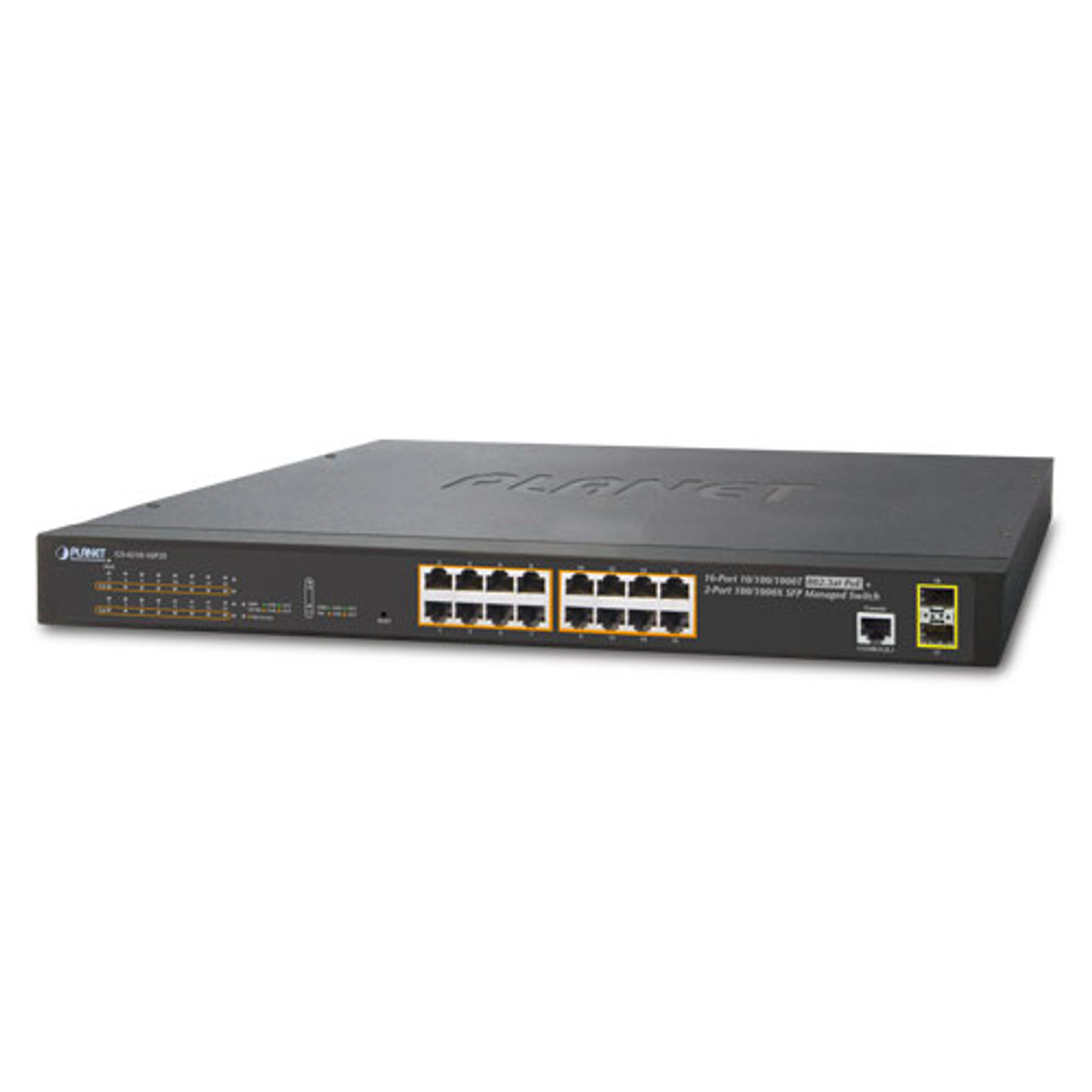

This is a somewhat cheating way to enable IPv6 on IPv4 only servers. Obviously one need to have the proper SSL certs of own (which we can not supply). We have a Github repository of Nginx IPv4 to IPv6 reverse proxy settings with exact copy-paste of our /etc/nginx/nf and /etc/nginx/sites-enabled/ files. Browse your website.Ĭomplete Nginx Settings Of IPv6 to IPv4 Server With Nginx Reverse Proxy RFC 4213 specifies compatibility mechanisms that can be implemented by IPv6 hosts and routers. You should properly configure security of this new cloud server instance. At one Euro per month, one IPv6 is not bad.įurthermore you can use the server’s IPv4 for hosting your personal website. Aruba Cloud is an Italian bigger web hosting company who has IPv6 capable 1 GB RAM instance (VMWare virtualization) at 1 Euro per month rate. We need a cloud server instance from a host which is cheap yet reliable and has IPv6 support. Needed Resources To Add IPv6 to IPv4 Server With Nginx Reverse Proxy Here is How To Add IPv6 to IPv4 Server With Nginx Reverse Proxy and Cloud Server Instance With IPv6. However we can use Nginx Reverse Proxy as it is just easy. There are various IPv6 transition mechanisms like tunneling, SIIT (Stateless IP/ICMP Translation), NAT64 etc. Out of These Issues, Some Dedicated Server May Not Have IPv6. Reasons are many including impossible to remember notation, double issue with security (attack can happen via IPv4 and IPv6), unlisted bad IPv6 used by attackers, hardware like router lack support etc. Seems adding my IPv6 subnet to LAN subnets makes no difference for that.IPv6 is not exactly production ready for many reasons. Tested using my iPad on 4G and it used IPv6 to connect to the server - inside the LAN it still uses IPv4.įor a test I disabled IPv4 on my LAN adaptor on my laptop (client) and it used v6 to connect to the server (but classed it as remote). For example mine for IPv4 looks like the following: ServerID can be found in the existing IPv4 URL's (I got them using IPvFoo). Note all parts must be entered (cannot use :: abbreviation).

Under Custom server access URLs enter the IPv6 address in the format below: Not sure if it was somewhere in the thread I just found it by guessing URL's While it would be nice for it to officially work I found a workaround that doesn't require a custom domain or SSL cert.

There is a long thread going over on the Plex forums about remote access using IPv6 (as some ISP's are using CGNAT these days for IPv4 - not mine but remote users are sometimes behind CGNAT).


 0 kommentar(er)
0 kommentar(er)
